Ceramics (Tsuboya-yaki)
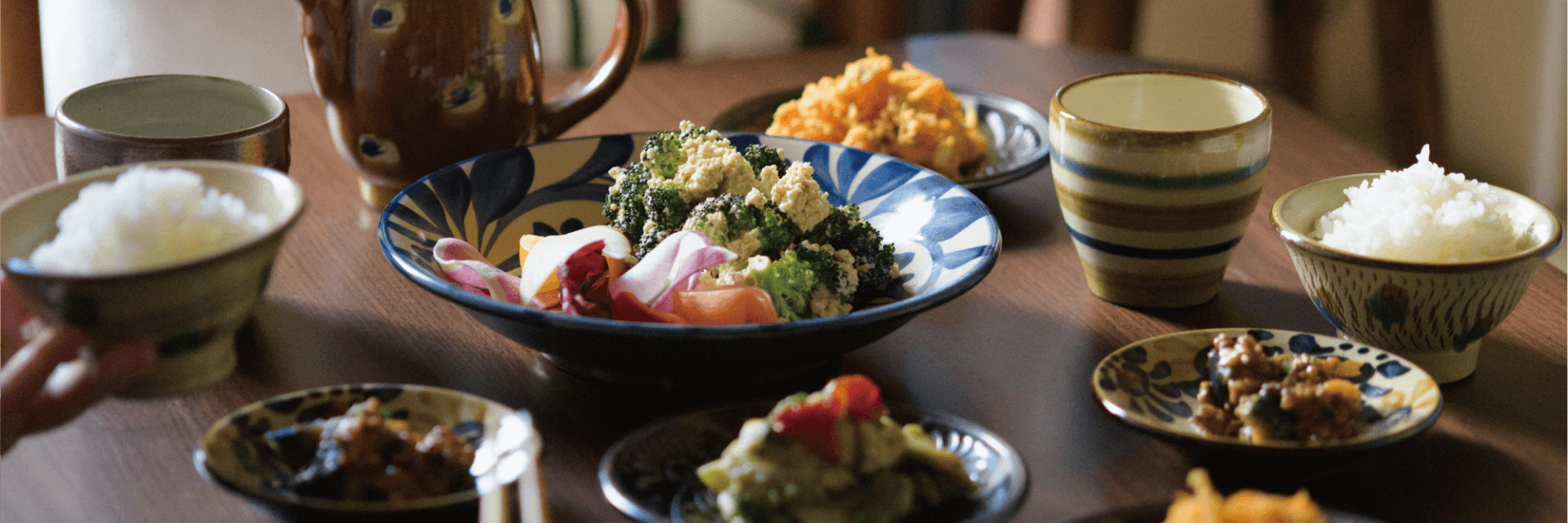
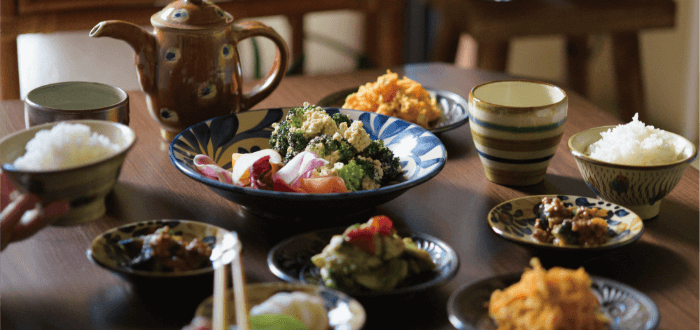
Tsuboya Pottery Characteristics and Techniques
Tsuboya Pottery is characterized by its simplicity and sturdiness.
The hefty, strong vessels carry with them a warmth reminiscent of the Okinawan climate.
A warmth that passes on to the hearts of those who see and use them. This strength and warmth is a true Okinawan treasure, created by techniques nurtured over many generations, the very soil of Okinawa, and flames lit locally sourced wood.
The hefty, strong vessels carry with them a warmth reminiscent of the Okinawan climate.
A warmth that passes on to the hearts of those who see and use them. This strength and warmth is a true Okinawan treasure, created by techniques nurtured over many generations, the very soil of Okinawa, and flames lit locally sourced wood.
Feature 1: Kamiyaki and Arayaki
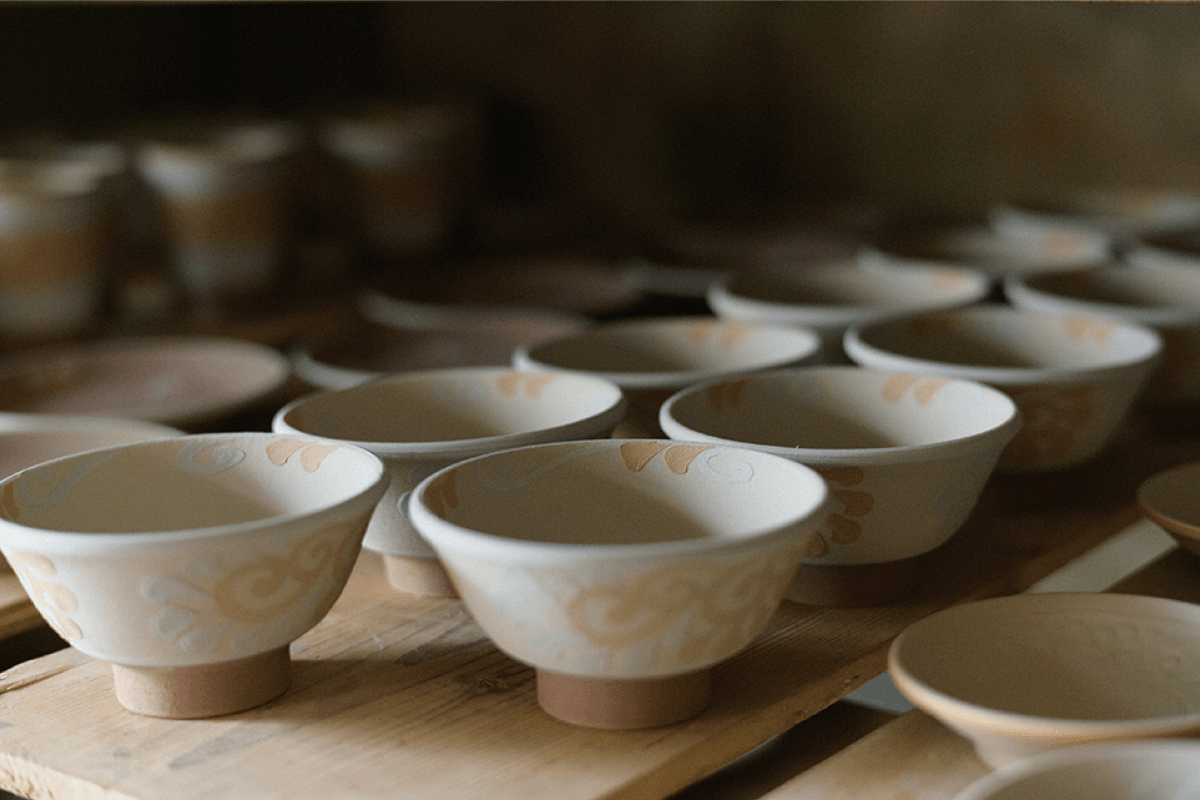
Tsuboya Pottery can be largely classified into two categories: Kamiyaki and Arayaki. Kamiyaki is glazed and fired at a high temperature of about 1,200 degrees Celsius.
It is the mainstay of Tsuboya-yaki and includes bowls, plates, bowls, “karakara” sake cups, jars, and other daily utensils. Ara-yaki, also known as Nanban-yaki, is fired at around 1120 degrees Celsius without glazing. Ara-yaki is predominantly used to produce large containers such as sake jars and water jugs.
It is the mainstay of Tsuboya-yaki and includes bowls, plates, bowls, “karakara” sake cups, jars, and other daily utensils. Ara-yaki, also known as Nanban-yaki, is fired at around 1120 degrees Celsius without glazing. Ara-yaki is predominantly used to produce large containers such as sake jars and water jugs.
Feature 2: Kaolinite Clay
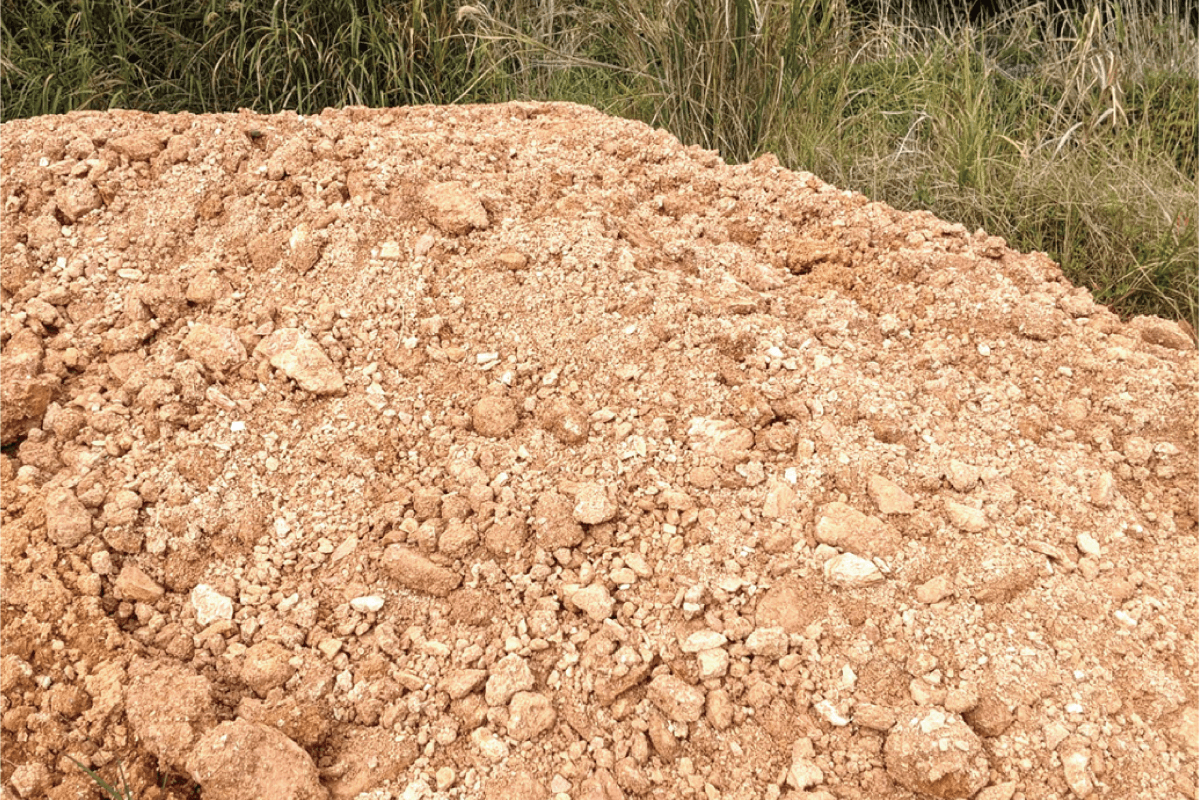
Okinawa is blessed with rich ceramic soil, and high-quality kaolinite clay layers can be found throughout the prefecture.
The strength and warmth of Tsuboya Pottery is a result of the special characteristics of these soils.
The strength and warmth of Tsuboya Pottery is a result of the special characteristics of these soils.
Feature 3: Glaze
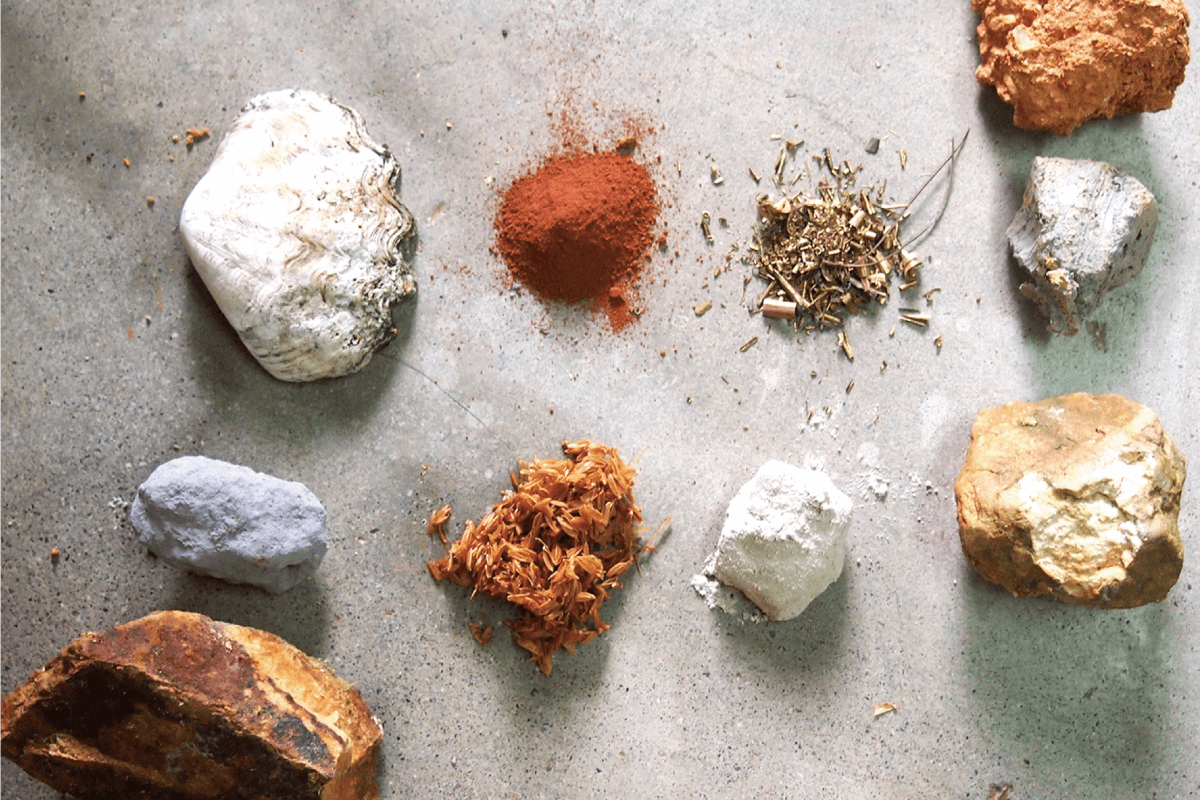
The glazes used in Tsuboya-yaki are all unique. These include white, black, green, ame, gosu, and milky-white glazes, which give Tsuboya-yaki it’s distinct warm coloring.
The white glaze, in particular, is a glaze only seen on Tsuboya ware. This glaze is prepared by first burning a fir husk ash and slaked like mixture, then combining it with Gushikami white clay and cosmetic clay.
The white glaze, in particular, is a glaze only seen on Tsuboya ware. This glaze is prepared by first burning a fir husk ash and slaked like mixture, then combining it with Gushikami white clay and cosmetic clay.
Feature 4: Molding
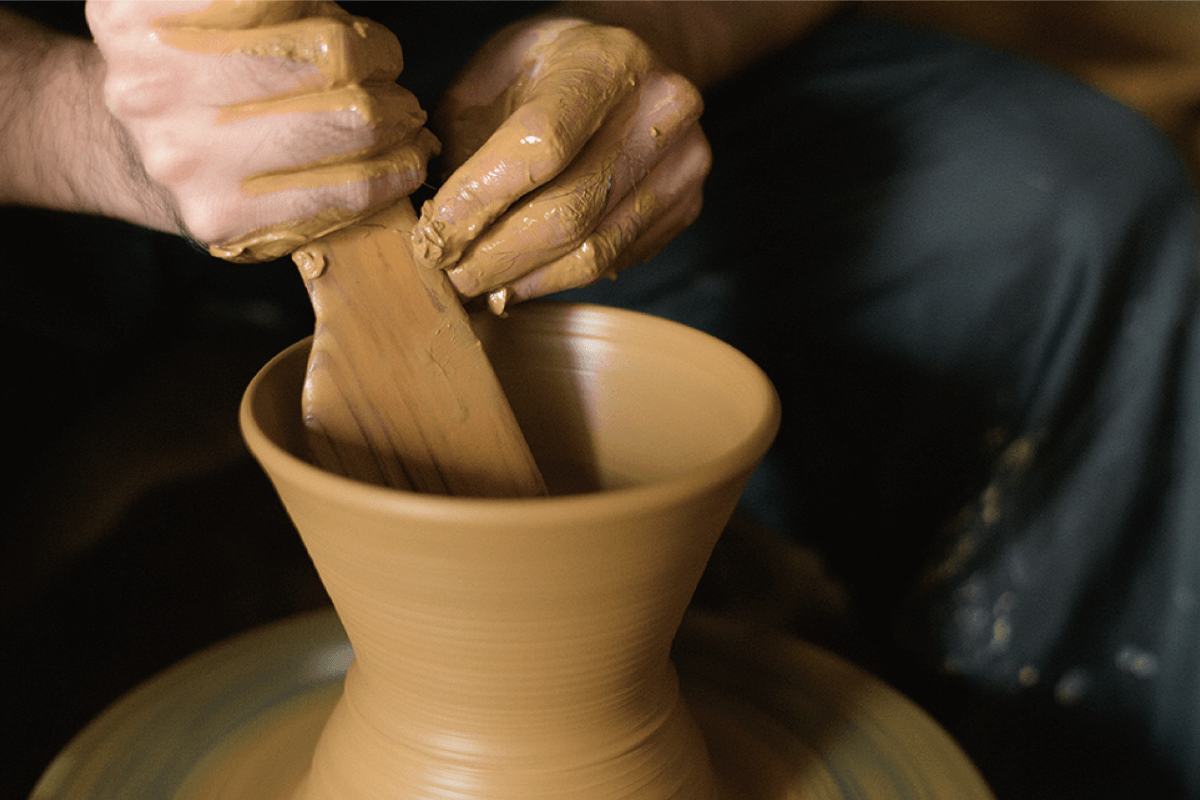
The molding techniques include rokuro (pottery wheel), oshikata (pressed molds), kataokoshi (plastering), and tebineri (hand pressing), each allowing the user to fully appreciate the handmade quality of the finished product.
Feature 5: Glazing and Decorations
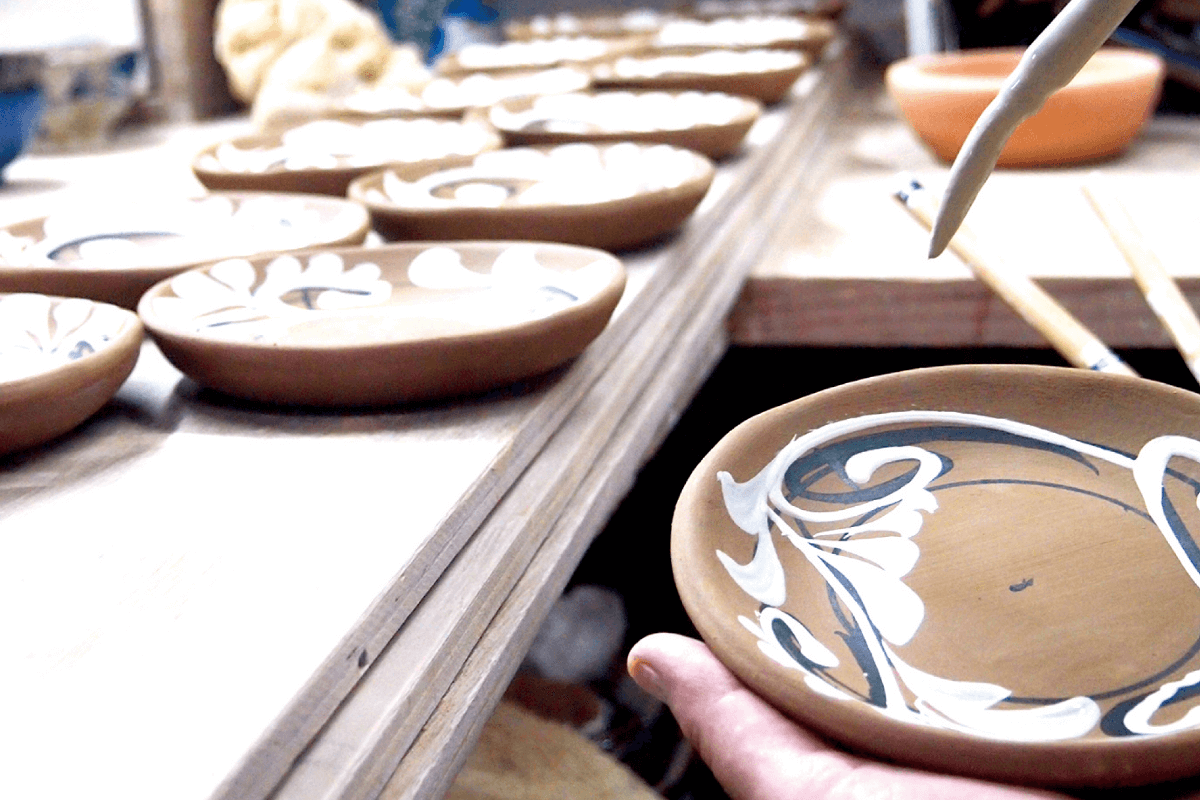
Glazing methods include dipping, pouring, sprinkling, and cloth glazing.
Decorating methods include brushwork, zogan, inka, scraping, line engraving, skip canna, akae, heaping, and pasting. All of these techniques give the creations a rich texture.
Decorating methods include brushwork, zogan, inka, scraping, line engraving, skip canna, akae, heaping, and pasting. All of these techniques give the creations a rich texture.
Tsuboya Pottery Today
After the war, as the town of Naha was being rebuilt and housing increased in the area, smoke pollution from wood-fired kilns became a serious hazard. Naha City banned the use of wood-fired kilns to prevent pollution, and the Tsuboya-potters who chose to remain in Naha switched from wood-fired kilns to gas and kerosene kilns. Those who insisted on using wood-fired kilns moved to Yomitan Village, which was going through sweeping land reform under the base consolidation plan. Yomitan Village has always been a center for traditional crafts such as Yomitan Hanaori, and the abundance of high-quality soil in the area made it the perfect place for potters. Many of these potters are still seen working hard in the area around Yachimun-no-sato.
The spark of the potters’ passion who gave rise to Tsuboya pottery has spread far and wide throughout the islands of Okinawa, producing a wide variety of works.
The spark of the potters’ passion who gave rise to Tsuboya pottery has spread far and wide throughout the islands of Okinawa, producing a wide variety of works.
Unusual Okinawan Pottery: Shisa
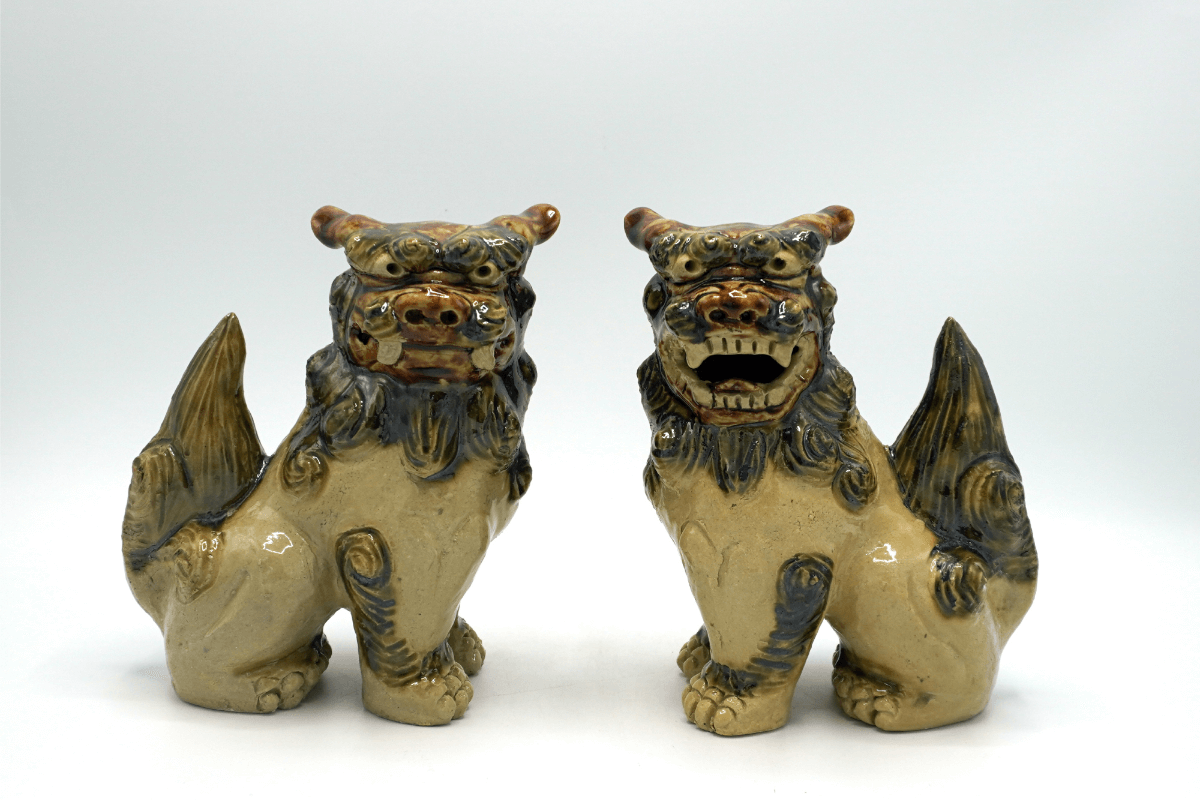
In Okinawa, lions are called shisa and these shisa have been placed on roofs to ward off evil spirits since ancient times. It is said that if you face the lion toward the Ushitora (northeast), it will ward off storms, and if you face it toward the Uma (south), it will ward off fire.
As tiled roofs have been replaced over time nowadays Shisa can be seen atop concrete roofs and gate posts. Shisa are also commonly used as ornaments in entrances. Shisa with an open-mouth is referred to as “male” because it is seen as brave, and a Shisa with a closed-mouth is referred to as “female.”
As tiled roofs have been replaced over time nowadays Shisa can be seen atop concrete roofs and gate posts. Shisa are also commonly used as ornaments in entrances. Shisa with an open-mouth is referred to as “male” because it is seen as brave, and a Shisa with a closed-mouth is referred to as “female.”
Dachibin
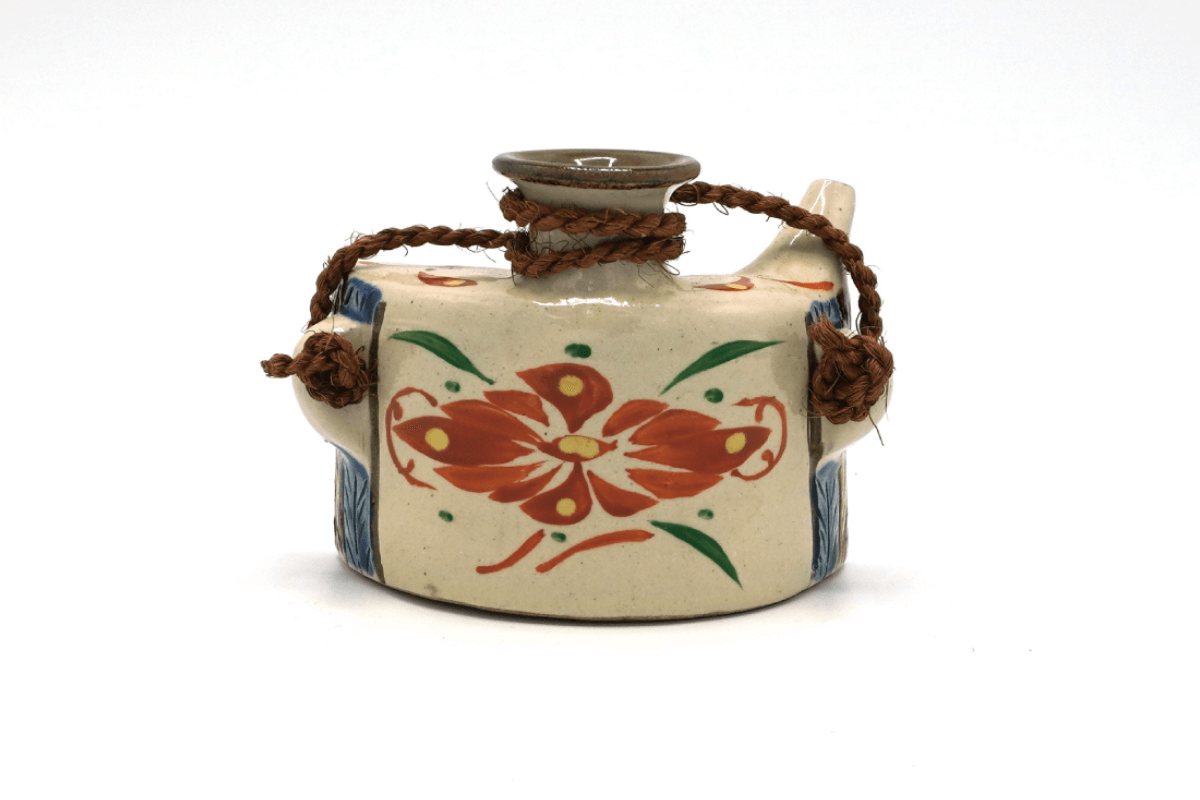
The Dachibin is a portable liqour vessel developed through both Chinese and Korean influence.
The crescent-shaped inner side of the bottle has a spout at the left end, a mouth in the center, and ears on both sides of the outer surface. A string is attached to the ears so that the bottle can be slung over the shoulder. It is said to have been carried mainly by powerful local families when they went to visit their mountain strongholds or to watch horse races. In ancient times, people used to compare Dachibin with each other, and for this reason, various elaborate decorating techniques such as inlaying, line engraving, pouring glaze, and tube painting were applied to the vases.
Although dachibin have not been used for their original purpose since the Meiji period (1868-1912), they are still often used in Okinawa as ornaments, wall hangings, and single flower arrangements.
The crescent-shaped inner side of the bottle has a spout at the left end, a mouth in the center, and ears on both sides of the outer surface. A string is attached to the ears so that the bottle can be slung over the shoulder. It is said to have been carried mainly by powerful local families when they went to visit their mountain strongholds or to watch horse races. In ancient times, people used to compare Dachibin with each other, and for this reason, various elaborate decorating techniques such as inlaying, line engraving, pouring glaze, and tube painting were applied to the vases.
Although dachibin have not been used for their original purpose since the Meiji period (1868-1912), they are still often used in Okinawa as ornaments, wall hangings, and single flower arrangements.
Karakara
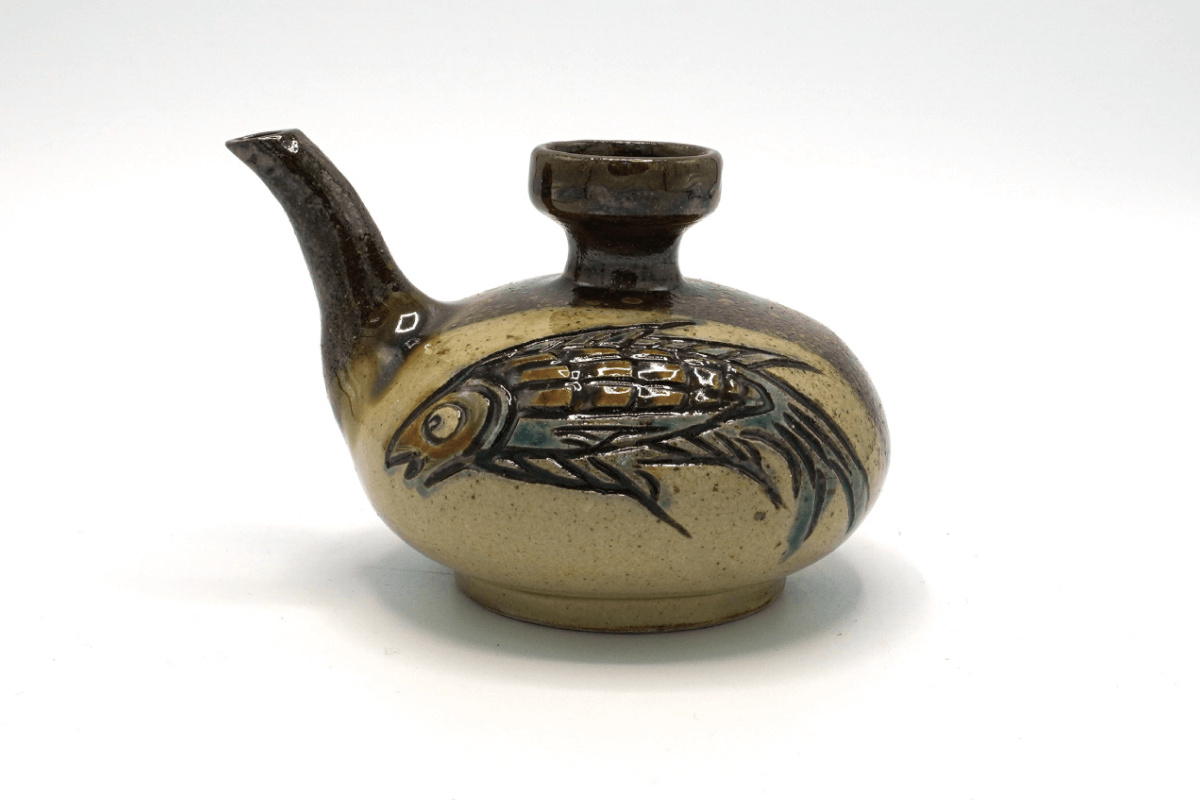
“Karakara” was invented by an Okinawan monk who loved to drink and wanted to make a sake bottle that would not topple over during his drunken escapades. The modern Karara was partly inspired by mochi offerings.
Karakara are still used in Okinawan taverns today.
There are two possible origins to the name. One is that they were unexpectedly popular and people called out “karaa, karaa (lend me, lend me)” from all over .The other possible origin is because of the distinct rattling sound it makes.
Karakara are still used in Okinawan taverns today.
There are two possible origins to the name. One is that they were unexpectedly popular and people called out “karaa, karaa (lend me, lend me)” from all over .The other possible origin is because of the distinct rattling sound it makes.
Yushibin
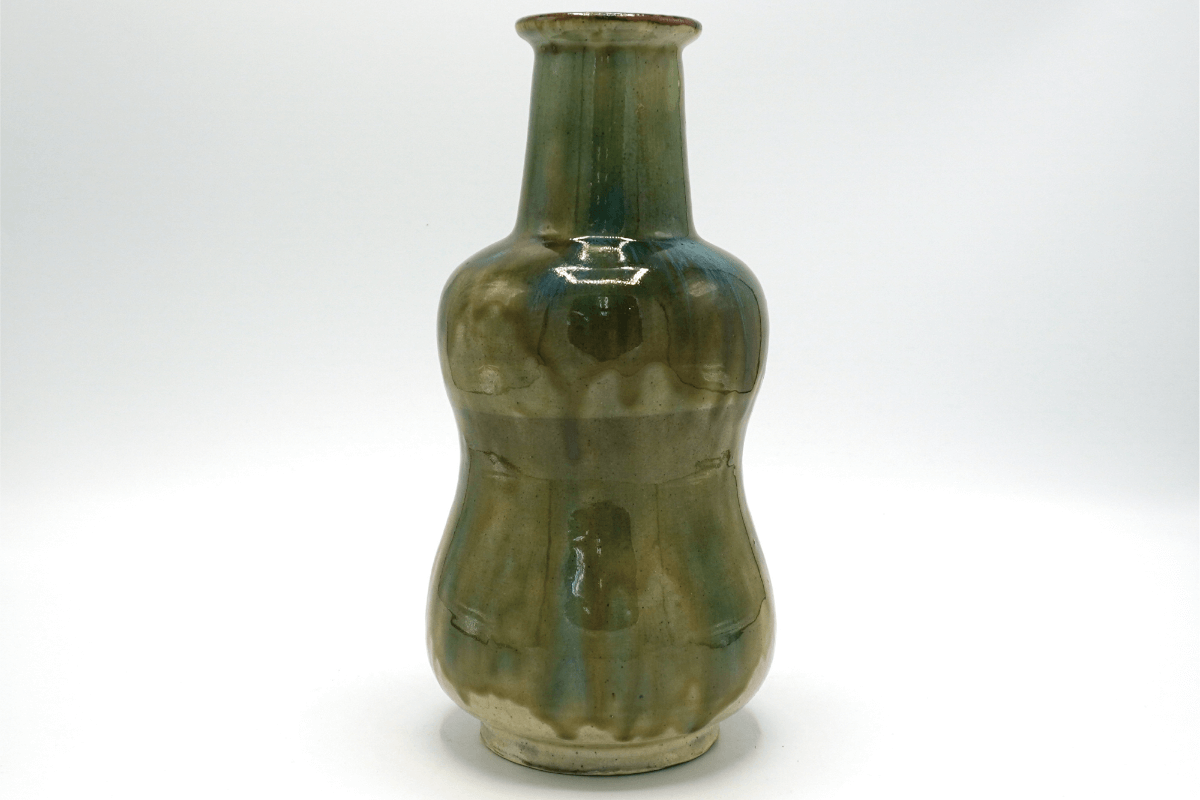
This unique Okinawan drinking vessel was used as a container for gifting awamori (millet brandy) during celebratory occasions. The name is said to derive from the word “Kariyushi” which means joy or good tidings.
